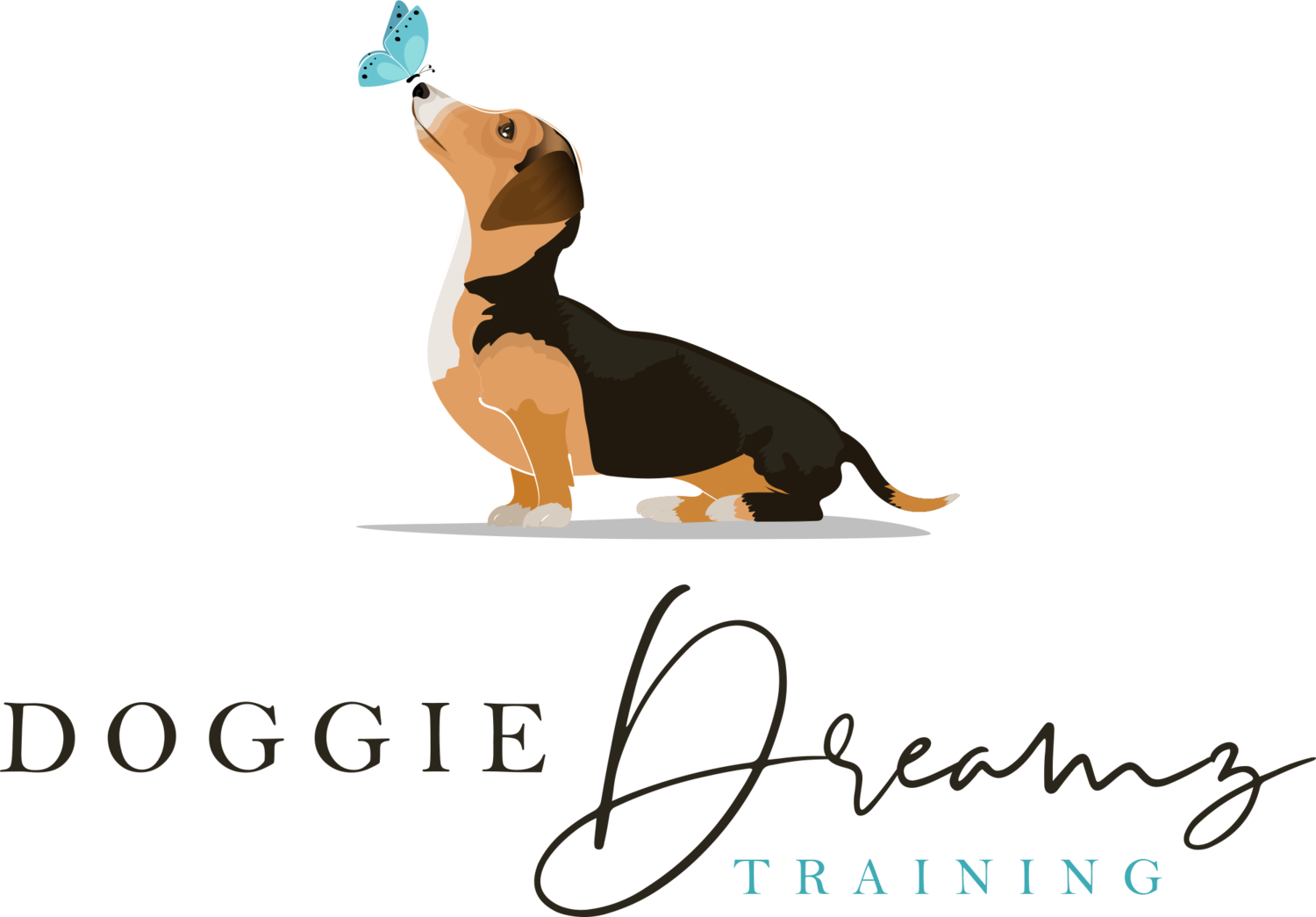
What does being your dog's advocate mean?
Have you ever wondered whats the best way to help your anxious or fearful dog? Be their advocate. In this article, I will discuss which behaviors to look for if your dog is needing you to be their advocate. As well as how you can advocate for them while building trust and strengthening your relationship with them.

Decompression and Enrichment Walks
If you haven’t heard of the terms decompression walk or enrichment walk. This article goes over what these types of walks are and how they can benefit you and your dog.

12 Days of Christmas
Every year I have chosen twelve gifts, from companies that give back to animal rescue organizations, to be a part of a Gift Giving Guide. Each year I look forward to discovering new companies that offer products that do more than just one thing. Check out our list and hopefully this helps you with ideas for your shopping list this year.

Essential Oil Guide for Pet Parents
During these stressful times its important to create some calm and comfort in your home. The way I do this is through the use of essential oils. But our homes are not ours alone; we share them with our fur babies as well. And it is good to know what essential oils provide healthy and healing effects in our dogs as well as to know which ones are toxic to stay away from. Here is your Pet Parent’s guide to safely use essential oils.

Snuffle Mat Basics
There are many benefits to using a snuffle mat to feed your dog. In this article we explore these and explain how they can help your dog.
